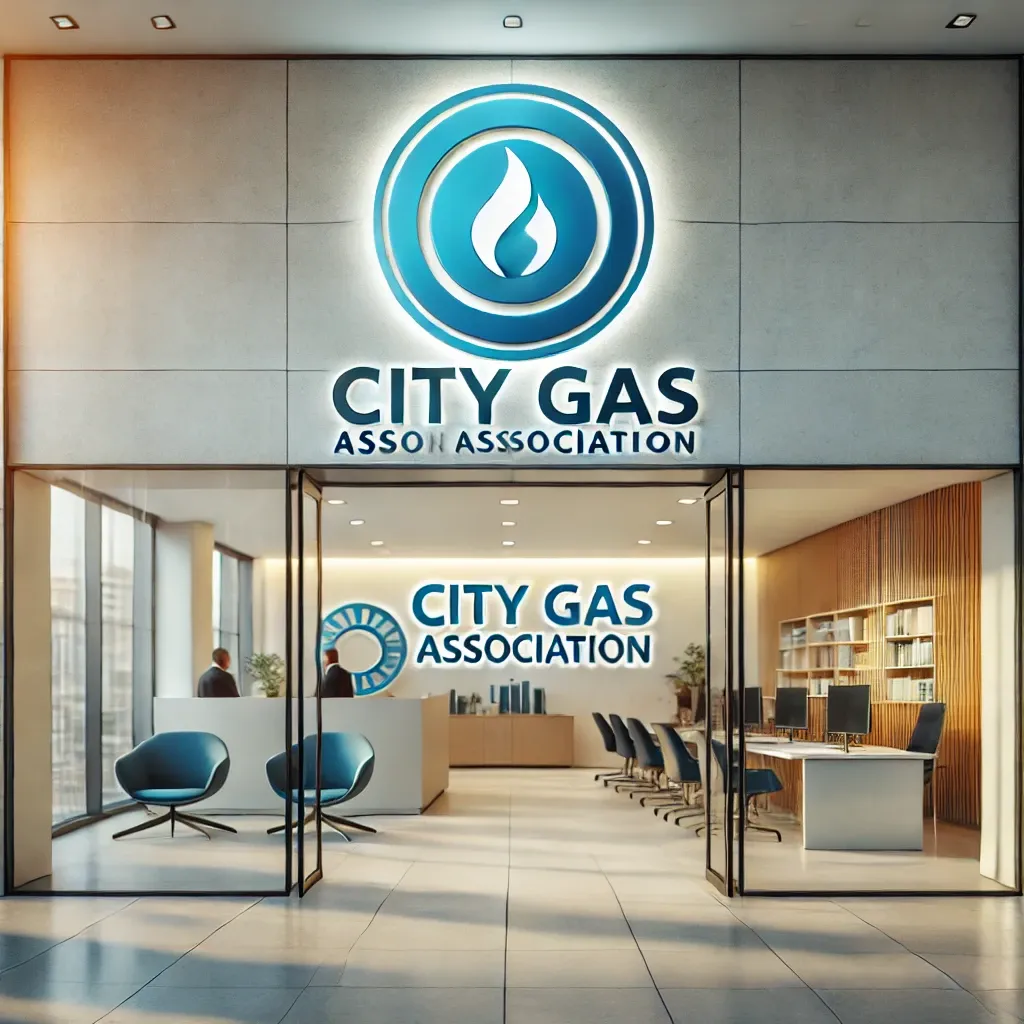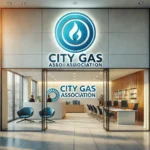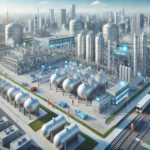Are you curious about the City Gas Association fee, the roles in the Korea City Gas Association, or how the organization operates? Discover all the essential details about the City Gas Association’s fees, recruitment process, and leadership roles in this comprehensive guide.
The City Gas Association plays an essential role in managing and overseeing the gas industry in various cities, primarily focusing on the distribution and regulation of gas services. In this article, we’ll explore three crucial aspects of the City Gas Association, focusing on its fee structure, leadership, and how it connects with Korea’s broader gas infrastructure.
City Gas Association Fee: What You Need to Know
When it comes to the City Gas Association fee, many people have questions about how it’s structured, what it covers, and why it’s necessary. Essentially, these fees are associated with the services that the association provides, ranging from regulation and compliance to consumer protection.
Key Components of the City Gas Association Fee:
-
Service Charges – Fees that contribute to operational costs, ensuring smooth distribution and access to gas.
-
Regulatory Fees – Charges related to compliance with government regulations, ensuring safety and environmental standards are met.
-
Infrastructure Maintenance – Contributions to the upkeep of pipelines and other infrastructure essential for gas delivery.
-
Consumer Protection – Funds allocated for resolving disputes, monitoring service quality, and offering support to consumers.
-
Environmental Initiatives – Fees used to finance projects that promote cleaner energy and reduce the environmental impact of gas usage.
The City Gas Association uses these fees to maintain a high standard of service, invest in new technologies, and ensure that gas distribution remains safe and reliable. This structured approach ensures that both consumers and providers benefit from a transparent, well-regulated market.
Why Are These Fees Necessary?
Without a solid fee structure, there could be delays in infrastructure development, lack of regulatory oversight, or inefficient service provision. In essence, these fees sustain the framework that allows the gas industry to function properly, benefiting consumers and the environment alike.
The Role of the Korea City Gas Association
The Korea City Gas Association serves as the backbone of the country’s gas distribution network. It connects consumers to suppliers and plays a pivotal role in policy formation, regulatory compliance, and safety protocols.
Key Functions of the Korea City Gas Association:
-
Regulation – The association ensures that gas distribution companies comply with national and local safety standards.
-
Coordination – Acts as an intermediary between government bodies and gas providers, ensuring smooth communication.
-
Training – Provides specialized training programs for professionals working within the gas industry.
-
Innovation – Promotes technological advancements within the gas sector to ensure efficiency and sustainability.
-
Public Awareness – Engages in public outreach programs to educate consumers about safe gas usage and environmental issues.
The Korea City Gas Association also works to foster competition within the market, promoting fair pricing and innovative services to enhance the customer experience. It is crucial in maintaining the balance between economic growth and environmental responsibility.
Examples of Korea City Gas Association’s Impact:
-
The association was instrumental in the nationwide adoption of smart meters, which allow for better tracking and regulation of gas consumption.
-
It has also launched initiatives to reduce the carbon footprint of gas operations, contributing to Korea’s environmental goals.
Vice Chairman of the City Gas Association: Responsibilities and Challenges
The Vice Chairman of the City Gas Association holds a significant position within the organization, often acting as the right hand to the chairman in managing day-to-day operations and shaping the strategic direction of the association.
Key Responsibilities of the Vice Chairman:
-
Leadership – Assists in leading the association, overseeing both short-term operations and long-term strategy.
-
Policy Development – Plays a key role in creating and implementing policies that align with national energy goals and regulations.
-
Stakeholder Relations – Engages with external parties, including government agencies, private companies, and the public, to ensure collaboration and communication.
-
Crisis Management – Manages critical situations, such as gas shortages or safety issues, ensuring that appropriate responses are coordinated.
-
Innovation and Improvement – Focuses on advancing the association’s technological capabilities and streamlining its operations.
The vice chairman’s role is not only strategic but also operational, as they work closely with the board of directors to push forward the association’s agenda. Given the high level of responsibility, this role requires a deep understanding of the gas industry and strong leadership skills.
Why This Role Matters:
The vice chairman ensures that the association functions smoothly, manages complex projects, and navigates political or industry shifts. Their work directly impacts how efficiently the gas industry operates, affecting both consumers and the environment.
Conclusion
In conclusion, the City Gas Association plays a crucial role in maintaining the safety, efficiency, and sustainability of the gas industry. Whether it’s through the fees that support essential infrastructure, the leadership provided by figures like the vice chairman, or the important work of the Korea City Gas Association, the organization is central to ensuring that gas distribution remains effective and safe.
With ongoing innovations and policies aimed at sustainability, the City Gas Association will continue to play an indispensable role in shaping the future of energy in Korea. Understanding the structure, roles, and functions of this organization is essential for anyone seeking to grasp the complexities of the country’s gas sector.






